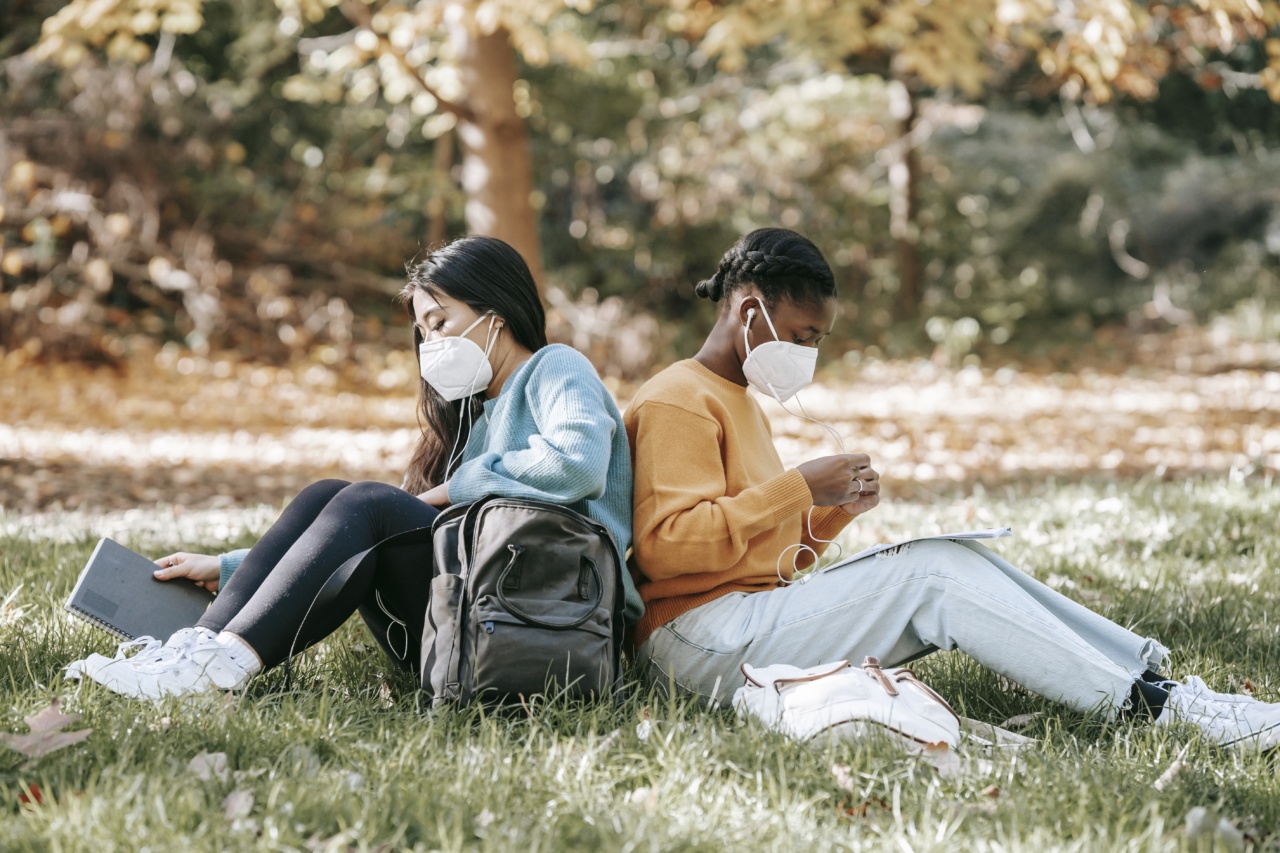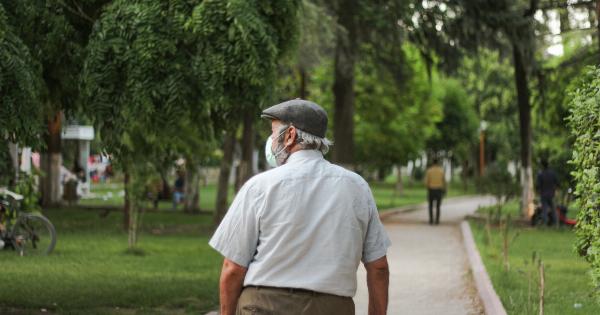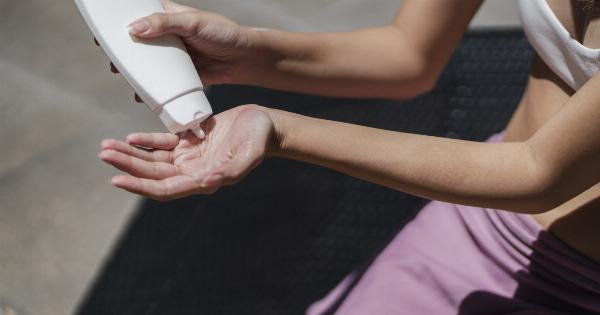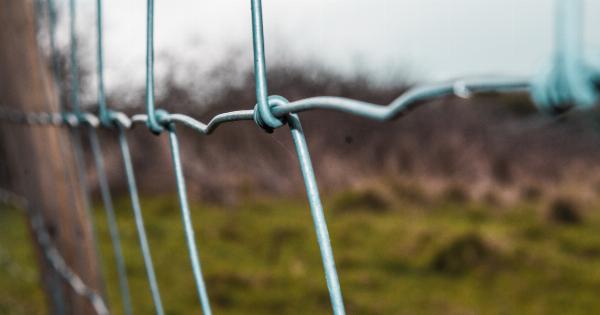Summer is a time to enjoy the outdoors, but it is also a season when we need to take extra precautions to protect our skin. One of the most common skin conditions that people face during summer is vitiligo.
Vitiligo is a long-term skin condition characterized by white patches of skin that develop due to the loss of pigmentation. There is no cure for vitiligo, but there are ways to manage symptoms and protect the skin during summer. In this article, we will discuss the importance of summer safety and how to protect yourself with vitil.
What is Vitiligo?
Vitiligo is a skin condition that affects people of all ages and genders. It occurs when the skin loses its pigmentation, causing white patches to appear on different parts of the body.
The exact cause of vitiligo is unknown, but it is believed to be an autoimmune disorder that attacks and destroys melanocytes, the cells responsible for producing pigment in the skin. It is not contagious and does not cause any physical harm, but it can have a significant impact on a person’s self-esteem and mental health.
Summer Safety with Vitiligo
During summer, people with vitiligo need to take extra precautions to protect their skin from the sun. Exposure to UV rays can cause further damage to the skin, leading to the formation of new patches and the worsening of existing ones.
Here are some tips to help with summer safety:.
1. Wear Protective Clothing
One of the best ways to protect your skin during summer is to wear protective clothing. This includes long-sleeved shirts, pants, hats, and sunglasses.
Choose clothing made from tightly-woven fabrics that provide good coverage, and avoid thin, light-colored fabrics that allow UV rays to penetrate the skin.
2. Use Sunscreen
Sunscreen is an essential part of summer safety for everyone, but it is especially important for people with vitiligo. Choose a sunscreen with a high SPF (30 or above) and apply it liberally to all exposed skin, including the face, neck, arms, and legs.
Reapply sunscreen every two hours or after swimming or sweating.
3. Seek Shade
When spending time outdoors, seek shade whenever possible. This can be under a tree, umbrella, or awning. Avoid direct sunlight during the peak hours of 10 a.m. to 4 p.m. when UV rays are the strongest.
4. Stay Hydrated
Drinking plenty of water is important for keeping the skin healthy and protected. Dehydration can make the skin more susceptible to damage from UV rays and can also worsen vitiligo symptoms.
5. Manage Stress
Stress can trigger or worsen vitiligo symptoms, so it is important to manage stress levels during summer. This can include meditation, yoga, breathing exercises, or other relaxation techniques.
6. Avoid Self-Tanners
Self-tanners are not recommended for people with vitiligo, as they can create an uneven skin tone and make the white patches more noticeable. If you are looking for a natural-looking tan, try using a tinted sunscreen or body makeup instead.
7. Get Regular Check-Ups
Regular check-ups with a dermatologist are important for monitoring vitiligo symptoms and preventing complications. Your dermatologist can also recommend treatments to manage symptoms and protect the skin during summer.
Treatments for Vitiligo
While there is no cure for vitiligo, there are several treatments available to manage symptoms and improve the appearance of the skin. These include:.
1. Topical Steroids
Topical steroids are creams or ointments that are applied to the skin to reduce inflammation and suppress the immune system. They can help to stop the spread of vitiligo and may restore pigmentation to some degree.
2. Topical Calcineurin Inhibitors
Topical calcineurin inhibitors are creams that inhibit the immune system and reduce inflammation. They can be used as an alternative to topical steroids for people who cannot tolerate them or who need long-term treatment.
3. Phototherapy
Phototherapy involves exposing the skin to UV light to stimulate melanocytes and encourage pigmentation. This can be done using a light box, handheld device, or laser.
4. Excimer Laser
The excimer laser is a targeted form of phototherapy that uses a high-intensity beam of UVB light to treat small and localized areas of vitiligo. It is especially useful for treating vitiligo on the face, hands, and feet.
5. Skin Grafting
Skin grafting is a surgical procedure that involves transplanting healthy skin from one part of the body to another. It is used to treat localized and stable areas of vitiligo that have not responded to other treatments.
Conclusion
Vitiligo is a common skin condition that requires special attention during summer.
By following these tips for summer safety and working with a dermatologist to manage symptoms and find the right treatments, people with vitiligo can enjoy the outdoors and protect their skin from further damage.






























